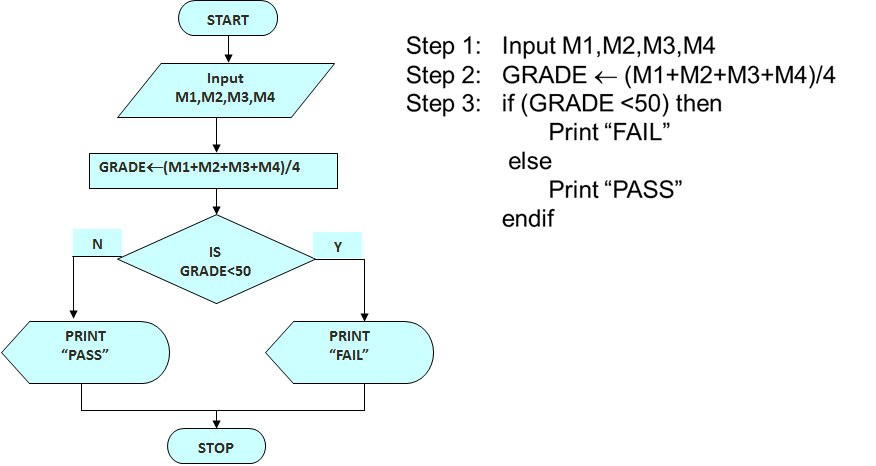

Ĭan “flex” their sizes to respond to the available space.Ĭan be laid out linearly along a single ( main) axis or wrapped into multiple lines along a secondary ( cross) axis.(i.e., visual order can be independent of source and speech order) Ĭan have their display order reversed or rearranged at the style layer.In ways that web apps and complex web pages often need.Ĭan be laid out in any flow direction (leftwards, rightwards, downwards, or even upwards!) In return it gains simple and powerful toolsįor distributing space and aligning content That can be used in block layout, such as floats and columns. It lacks many of the more complex text- or document-centric properties Overviewįlex layout is superficially similar to block layout. Which is designed for laying out more complex applications and webpages.

This module introduces a new layout mode, flex layout , Positioned layout, designed for very explicit positioning without much regard for other elements in the document Table layout, designed for laying out 2D data in a tabular format

Inline layout, designed for laying out text The size and position of boxes based on their relationshipsīlock layout, designed for laying out documents

When filing an issue, please put the text “css-flexbox” in the title, GitHub Issues are preferred for discussion of this specification. To ensure the opportunity for wide review. This document will remain a Candidate Recommendation at least until 19 December 2018 in order This document is intended to become a W3C Recommendation. This document was produced by the CSS Working Group as a Candidate Recommendation. Other documents may supersede this document.Ī list of current W3C publications and the latest revision of this technical reportĬan be found in the W3C technical reports index at. This section describes the status of this document at the time of its publication. Ian Hickson ( formerly of Opera Software)ĭavid Hyatt ( formerly of Netscape Corporation)


 0 kommentar(er)
0 kommentar(er)
